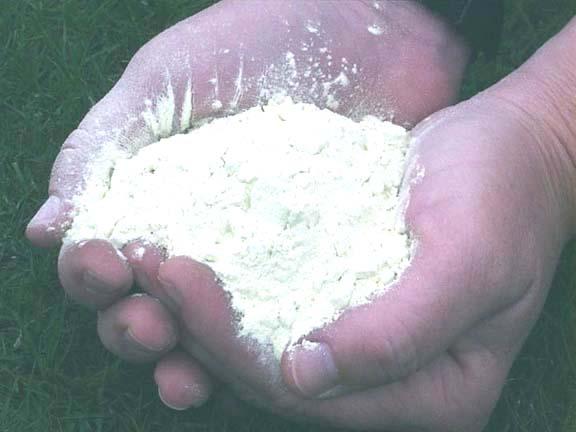Soil acidity and methods of its determination
The chemical composition of different soils significantlydiffers in the presence and level of the chemical elements contained in them, as well as their compounds. These factors affect the fertility of the soil and other indicators of plant-specific crops.
PH acidity index
The indicator of soil quality is the level of acidity, corresponding to the degree of concentration of hydrogen ions in the earth solution. It is called an indicator of acidity and is referred to as pH.
The acidity of the soil depends on its chemicalcomposition. It is acidic, alkaline and neutral. Alkaline and acidic soils are further subdivided into border grades. Depending on the level of acidification, acidic soils are strongly-, weakly- and medium-acidic, and alkaline soils, similarly, are weakly, strongly- and medium-alkaline. The acidity of the soil increases in pH from acid to alkaline state. The pH is assumed to be neutral. If it is less, the soil is considered acidic, higher - alkaline. The importance of acidity affects its quality, development and growth of plants. The plants can only fully absorb the necessary nutrients in neutral soil. Even a good fertilizer does not create conditions for the development of plants at a pH that is higher or lower than the neutral one.
Acidic soils are:
- pH = 4 or less are strongly acidic;
- pH from 4 to 5 - medium-acid;
- pH from 5 to 6 - slightly acid.
Neutral soils have a pH of 6.5-7.
Alkaline soils are:
- pH 7-8 - it is slightly alkaline;
- pH 8-8.5 - it is medium-alkaline;
- pH 8.5 and above - it is strongly alkaline.
The acidity of the soil affects the degree of penetrationin the tissues of plants of heavy metals contained in the soil. At neutral pH, heavy metals continue to remain in a bound state and only a small part of them accumulate in plants. At the same time, acidic soils with a low pH include a lot of aluminum, manganese and iron in a form poisonous for plants.
Also with radionuclides: The pH value affects the degree of their absorption into the plants. In this regard, it can be said quite definitely that in the neutral soil the necessary nutrients are optimally absorbed by the plants, and the absorption of harmful substances is insignificant.
Determination of soil acidity
Most plants prefer neutral andweakly acid soils. Sometimes we can assess the acidity of the soil by the growth of weeds, but due to the fact that weed is actively being destroyed, it is unlikely that it can accurately judge acidity. How to determine the acidity of the soil? To determine it, you can use indicator paper (TU16-09-1181-71). In stores you can buy a set of filter strips. The filtered strips are painted in light orange color, they have a special indicator coating, which changes the shade depending on the pH level.
The table attached to the kit reflects the acidity of the soil, depending on the color indicated.
To determine the acidity level, the soil forAnalysis is taken at different depths in different parts of the site. The soil is wrapped in a dense fabric, tied and placed in water. Take one part of the soil and 4-5 parts of water. Then, the test paper is immersed in the received earth solution. The obtained color is checked with a scale for determining the acidity.
To obtain an approximate soil analysisyou can use acid-alkaline bi-colored paper, and for even more correct analysis - "rifan", universal paper, or other indicators, which have a small pH interval. What should I do if the soil in the suburban area is acidic? To correct the situation, you can make ash, chalk, lime, building powder cement. With strongly alkaline soil, it is necessary to add earth with an acidic or neutral reaction, while the soil of different species is thoroughly mixed.
</ p>



